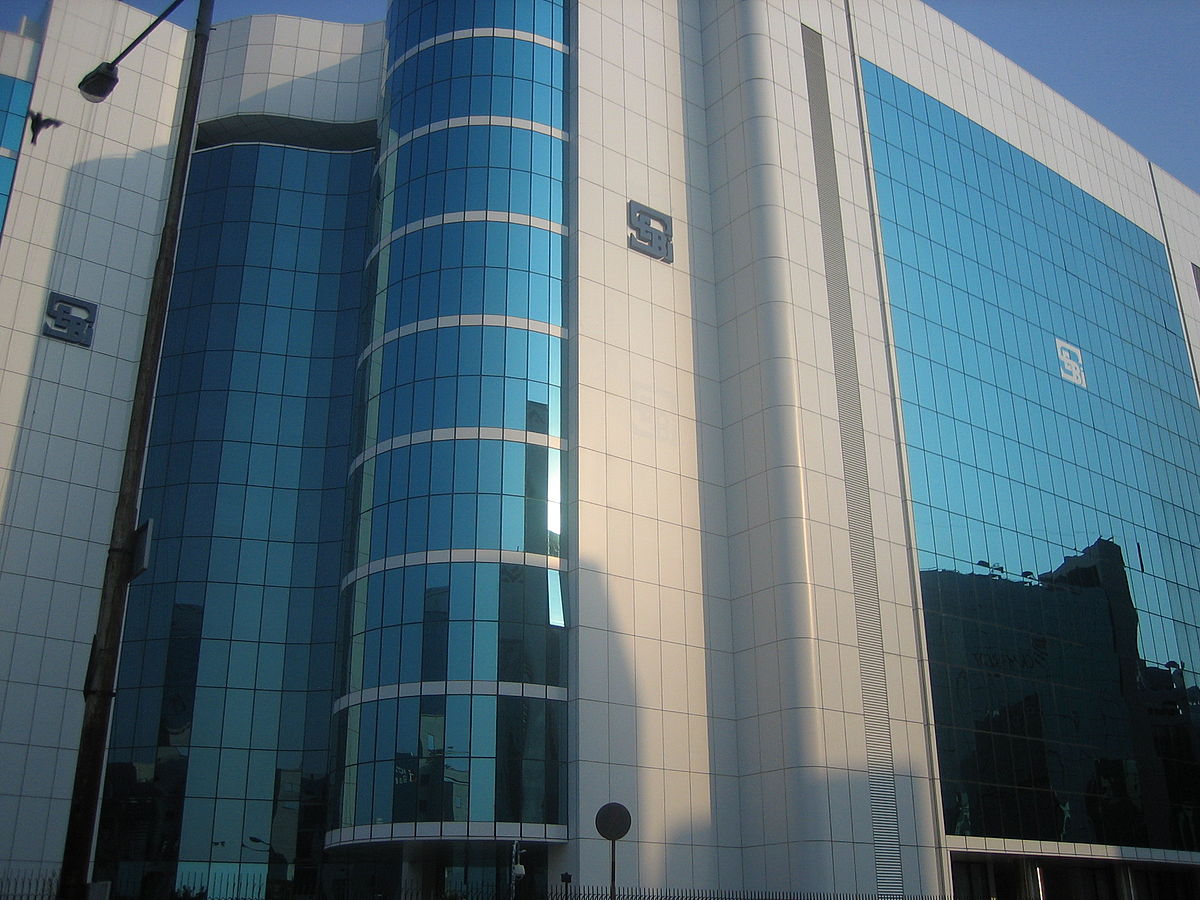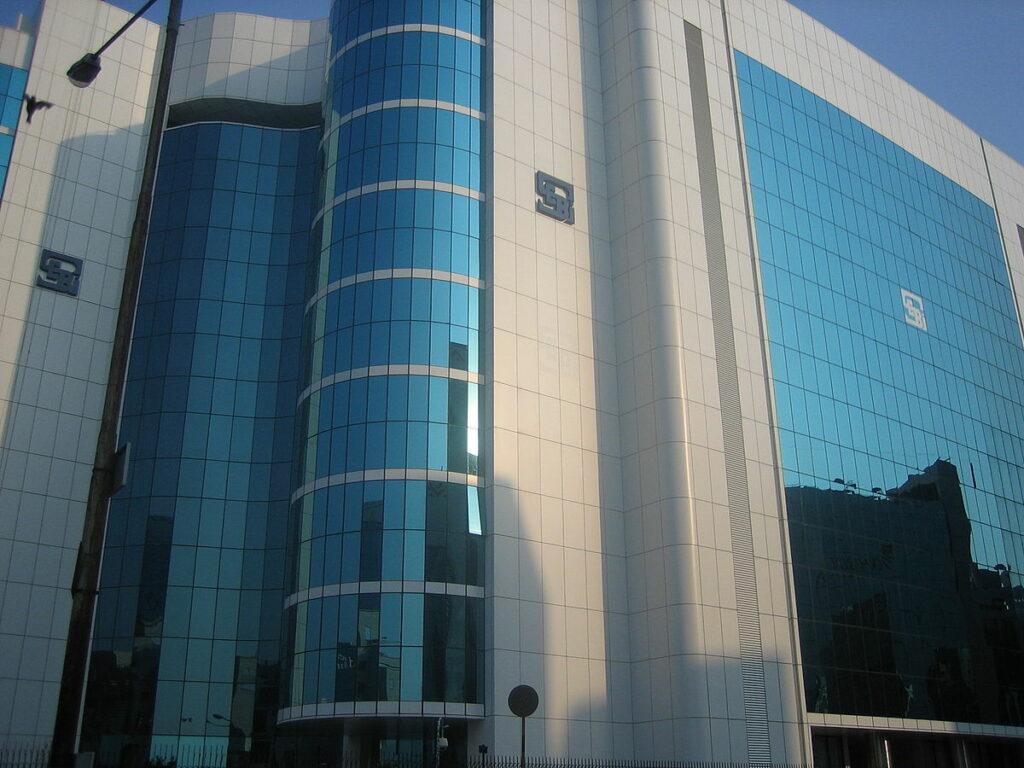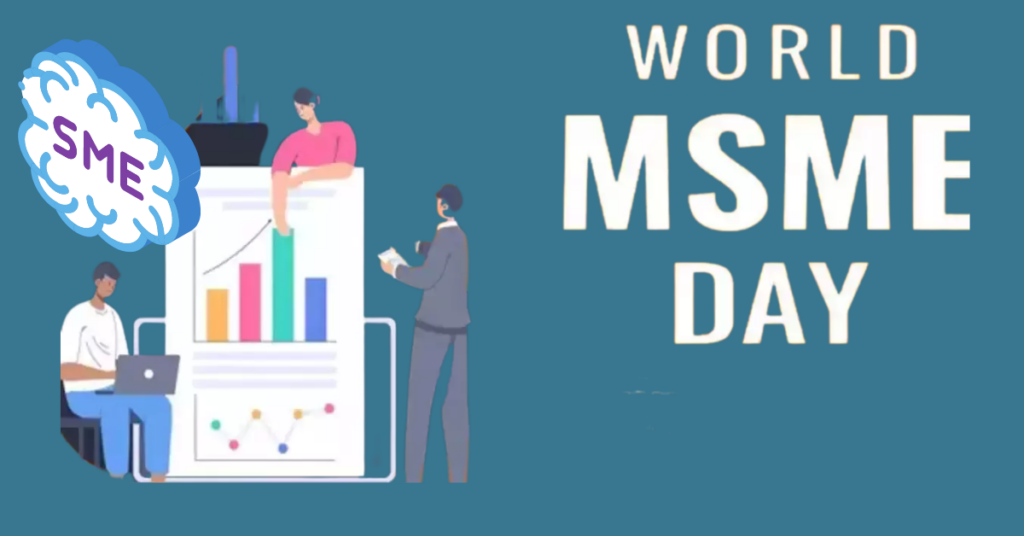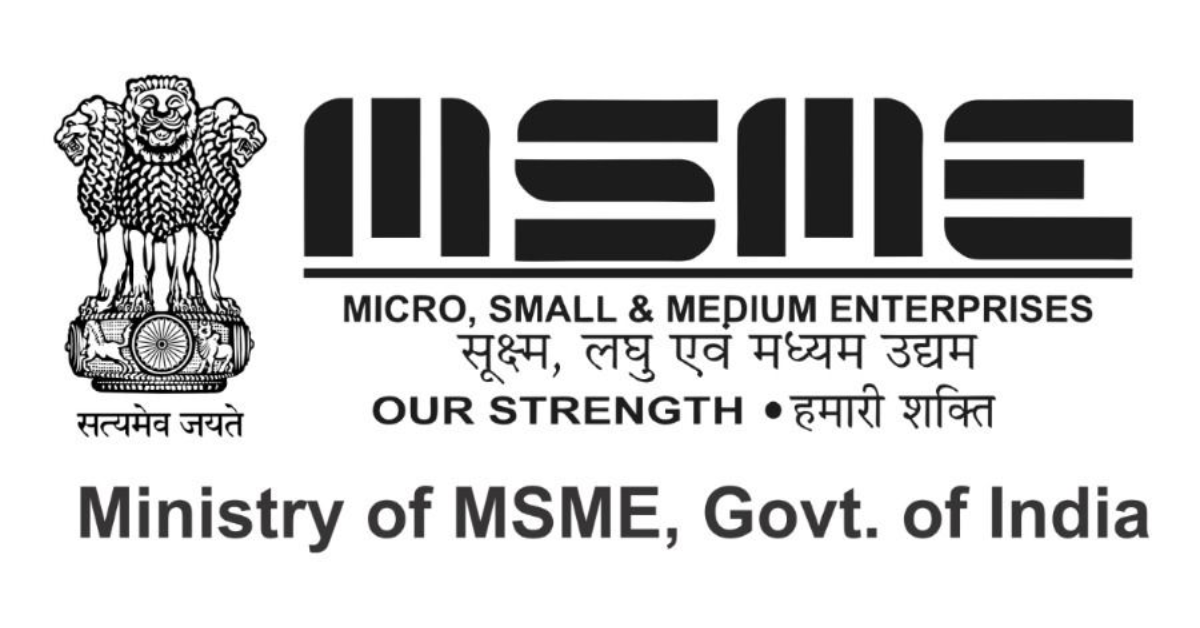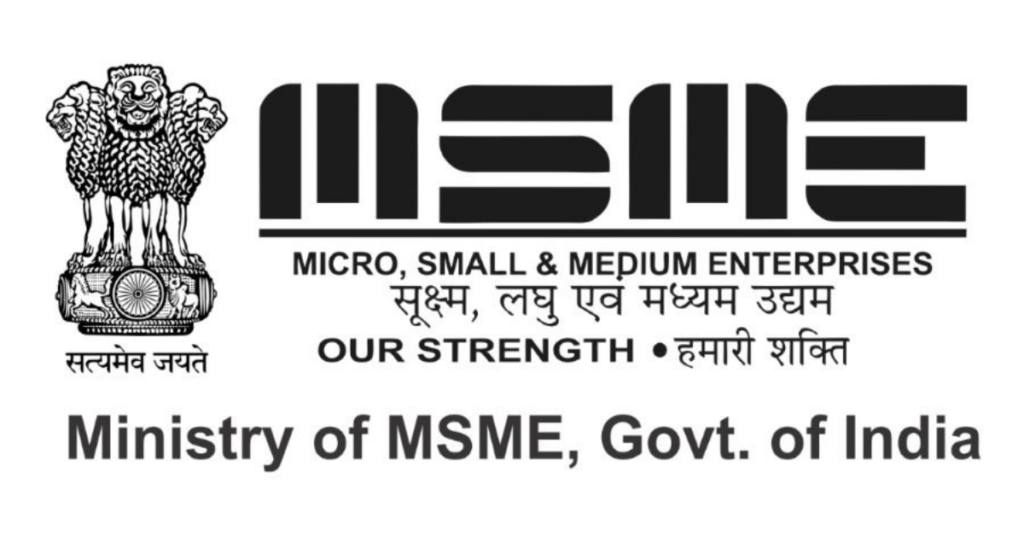
CreditEnable Partners with WEP to Empower Women Entrepreneurs
CreditEnable has partnered with the Women Entrepreneurship Platform (WEP) incubated by Niti Aayog to launch its flagship digital financial wellness program, Shine, aimed at women entrepreneurs across India.
Introducing Shine: A Path to Financial Wellness
Shine, developed by CreditEnable and powered by Experian, offers SME owners a comprehensive analysis of their financial health alongside digital coaching to help them manage their finances better. This initiative aims to enhance their creditworthiness and secure financing on favorable terms from formal financial institutions.
Key Features of Shine:
– 360° Financial Analysis: Shine provides entrepreneurs with an in-depth overview of their financial health, including credit scores, banking, and GST data, to reveal loan eligibility and improve approval chances.
– Actionable Tips: The program offers clear, actionable steps to improve financial profiles and address lender concerns.
– Better Loan Prospects: By following the expert advice provided, entrepreneurs can improve their access to finance at affordable rates.
Shine for Women Entrepreneurs:
The Shine program offers exclusive benefits for women entrepreneurs, including:
– Discounted Access: 1,000 women entrepreneurs will receive discounted access to the digital financial wellness program.
– Regular Curated Insights: The program delivers frequent insights to help maintain and improve financial health.
– Actionable Recommendations: Detailed analysis of financial data to provide practical steps for improvement.
– Live Webinars: Free webinars on improving credit and financial profiles for 500 women entrepreneurs.
– 1-1 Financial Coaching: Personalized coaching and discounted remediation program for 500 women entrepreneurs.
– Loan Application Assistance: Support for 1,000 women entrepreneurs in navigating the loan application process.
Empowering Women Entrepreneurs:
Currently, only 10% of SME loan applications are successful, with women entrepreneurs facing even greater challenges in accessing formal finance. Shine addresses these unique challenges by offering tailored financial advice and actionable insights to help women entrepreneurs achieve financial independence. CreditEnable’s collaboration with WEP incubated by Niti Aayog underscores their commitment to fostering growth and financial inclusion for women-led businesses.
“We are delighted to partner with WEP incubated by Niti Aayog to distribute Shine to women entrepreneurs across India,” says Nadia Sood, CEO & Founder of CreditEnable. “By providing them with the tools and resources they need to understand and improve their credit health, and directly facilitating access to finance for them, we are opening doors to new opportunities for their businesses to thrive.”
“WEP incubated by Niti Aayog is proud to partner with CreditEnable on this innovative program,” says Anna Roy, Principal Economic Advisor at NITI Aayog. “Shine will equip women entrepreneurs with the financial knowledge and creditworthiness they need to become stronger, more competitive business leaders.”

